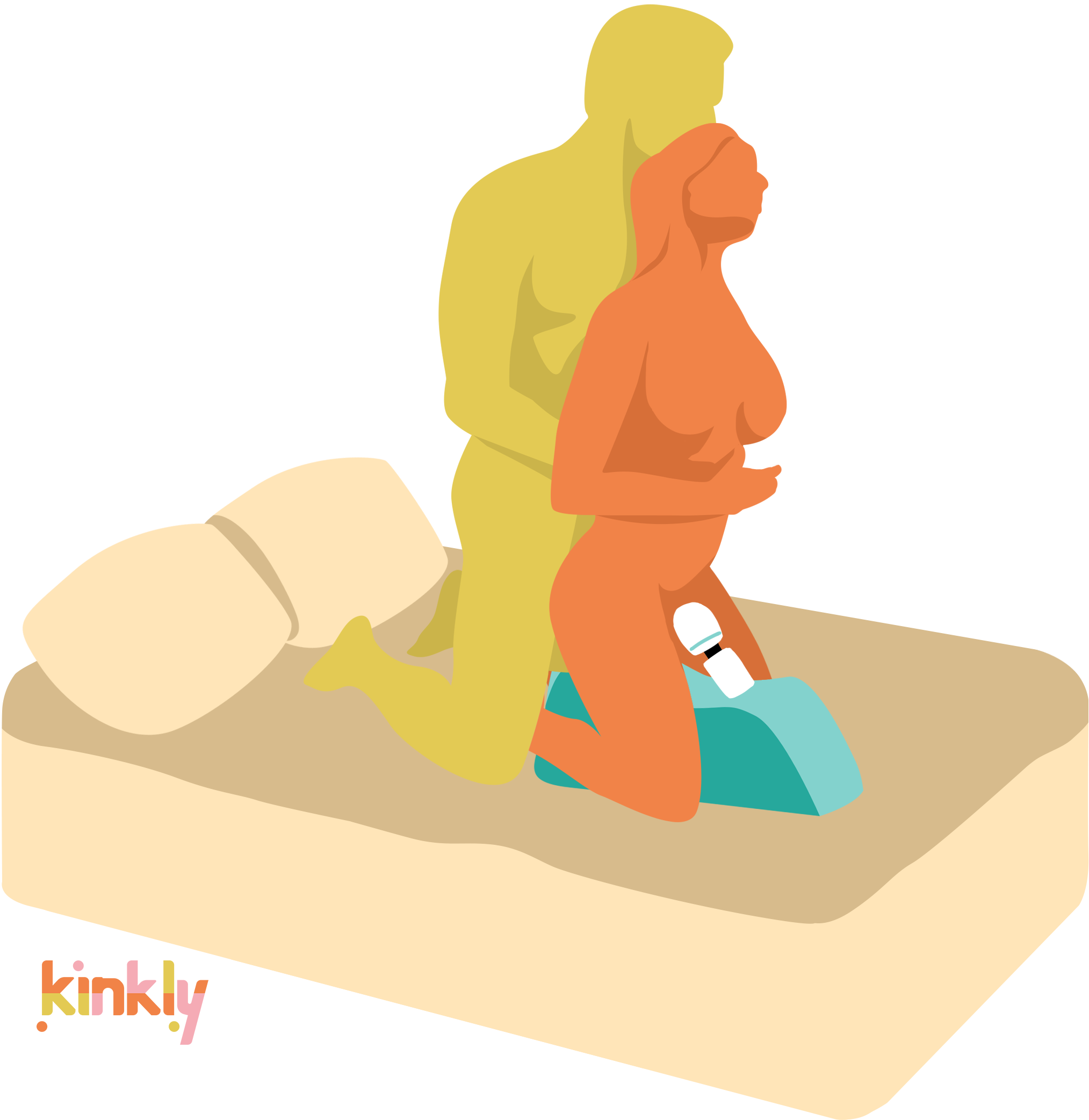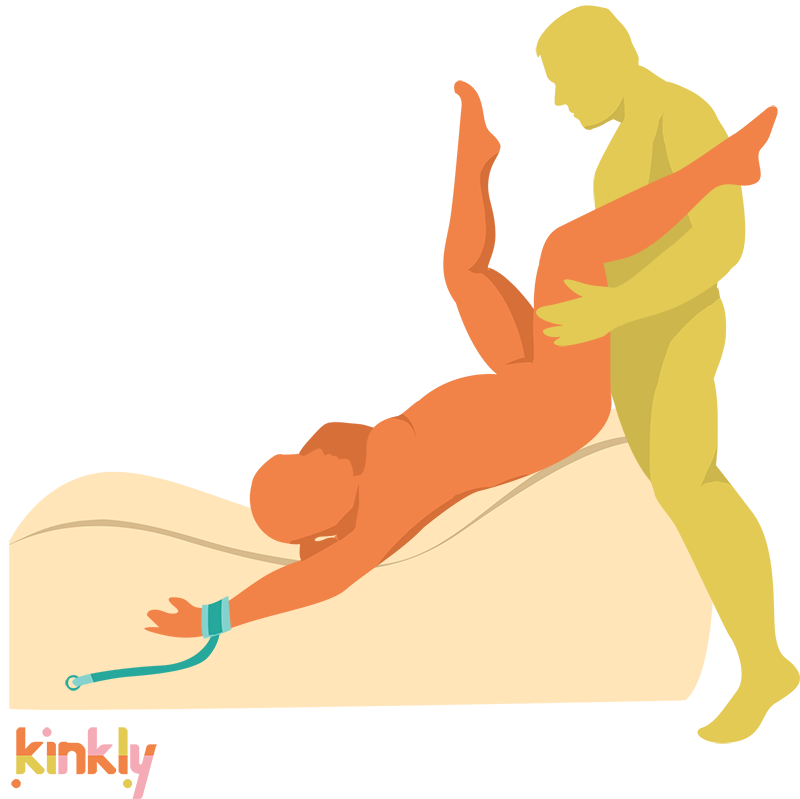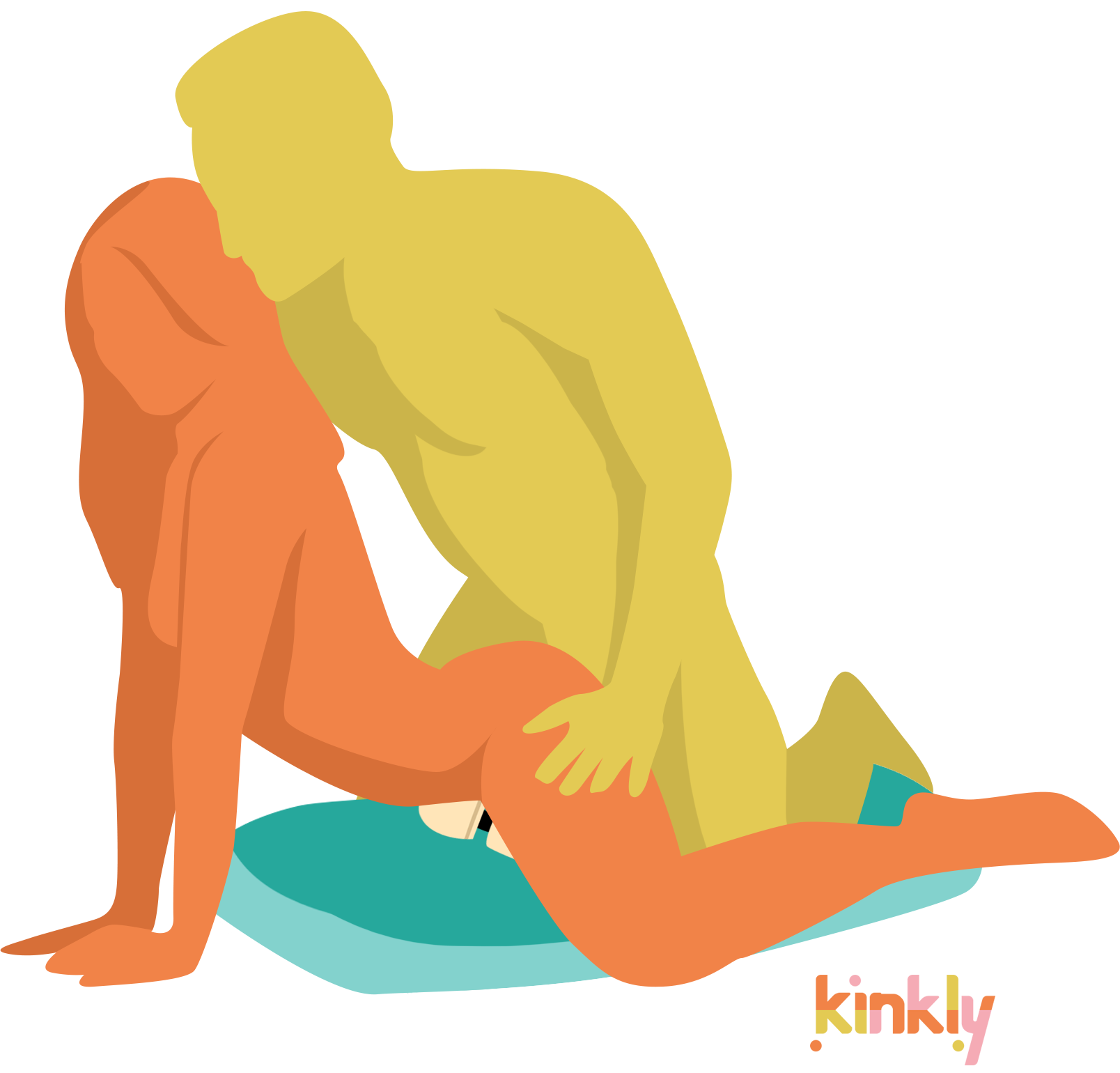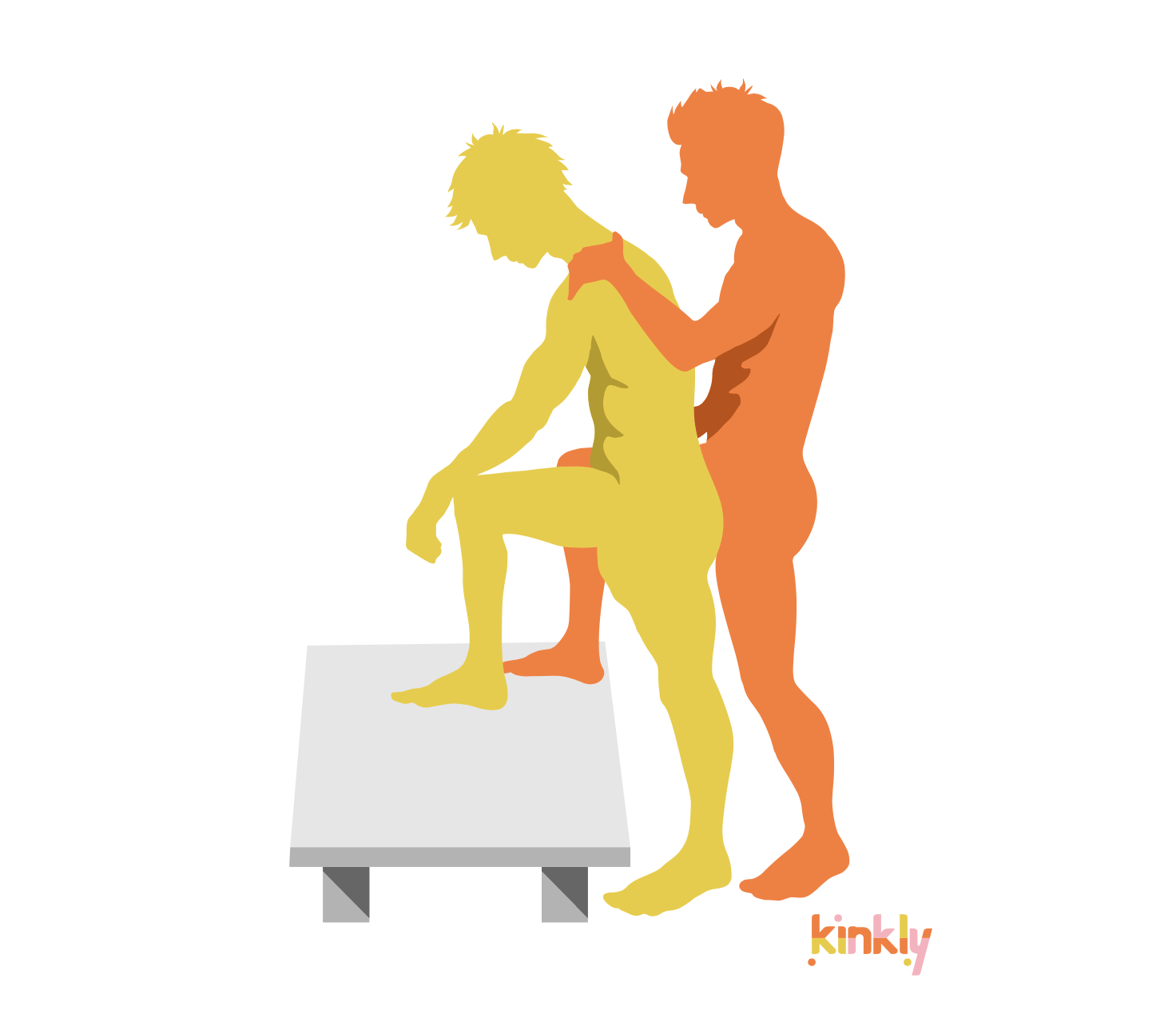Aidoimania is an abnormally strong desire for sexual intercourse. It comes from the Greek words aidoion, meaning vulva, and mania, a frenzied desire.
The term was once commonly used within the medical community, but it has fallen out of favor. Today, terms like hypersexuality and nymphomania are more frequently used and widely understood. While these terms are used interchangeably, there are some clear distinctions. Nymphomania continues to be used in common conversation. It is no longer considered a sex disorder as it was popularized at a time when female sexual desire was considered unusual or even perverted. Hypersexuality is the preferred medical term for excessive sexual desire and behavior. A male-specific term, satyriasis, is also not commonly used, but it can be considered a form of aidoimania.
Aidoimania is sometimes spelled aidomania.
More About Aidoiomania
People experiencing aidoimania are likely to experience frequent attraction to people, often of any gender. They may pursue relationships and sexual encounters aggressively. They are likely to masturbate frequently and may find themselves watching a lot of pornography or visiting sex workers.
Health professionals are much more understanding of aidoimania than in the past, when extreme treatments like asylum and removing the clitoris might be used to curb desire. In 1980, nymphomania, a term often used interchangeably for aidoimania, was removed from the American Psychiatric Association’s Diagnostic and Statistical Manual of Mental Disorders. This change is in line with a greater acceptance of sexual desire, especially for women. In fact, a lack of sexual desire is considered a more significant problem.
Excessive sexual desire can be a problem, but how much is too much is highly subjective. People can experience aidoimania but be very happy and successful, particularly if they are involved with other people with high sex drives and practicing safe sex where appropriate. Therapists can help people control their sexual urges if they become all-consuming and interfere with healthy relationships and other personal and professional relationships and responsibilities.

















